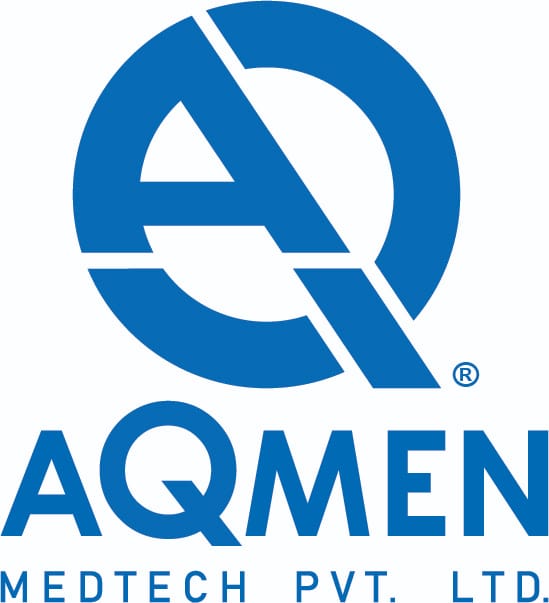Impact of wound Healing on Hypertension
The chambers of the heart respond by expanding to hold more blood in order to make
up for the loss of pumping force
WHAT IS HYPERTENSION
- High blood pressure, often known as hypertension, results in less efficient blood flow through the heart’s pumping chambers and higher heart pressure, restricting the body of oxygen and nutrients.
- The chambers of the heart respond by expanding to hold more blood in order to make up for the loss of pumping force. This maintains blood flow, but over time, the heart’s muscle walls weaken and lose their ability to pump as forcefully.
SYMPTOMS
- Headaches
- weakness and exhaustion
- blurred vision
- nausea or vomiting
- Heart failure can also result from untreated symptoms
Hypertension and Wound Healing
- This decreases the essential oxygen supply to the cells through the veins and capillaries, which is necessary for cell regeneration and healing.
- The body frequently retains water and sodium as a result of the kidneys frequent response to persistently high blood pressure. (This is the reason you constantly hear to reduce spending in salt in the diet.) Congestive heart failure can arise from the fluid retention that follows in the arms, legs, ankles, feet, lungs, or other organs.
- Healing is delayed in wounds where oxygenation has not been restored. Due to injuries, acute hypoxia stimulates wound healing; however, persistent or chronic hypoxia inhibits wound healing. Hypoxia acts as a signal to activate many parts of the healing process in acute wounds. The production of cytokines and growth factors by macrophages, keratinocytes, and fibroblasts can be stimulated by hypoxia. PDGF, TGF-, VEGF, tumour necrosis factor (TNF), and endothelin-1 are cytokines that are released in response to hypoxia and are essential for promoting cell proliferation, migration and chemotaxis, and angiogenesis in the healing of wounds.


